Traversing the Tibetan Plateau: Part II - Lhasa & surrounds
- HOWS
- May 8, 2020
- 4 min read
Updated: May 20, 2020
In the autumn of 2007, I made one of my most memorable journeys; from Xinjiang, in far Western China, I crossed the Aksai Qin and over the Kunlun Mountain Range, entering the high Tibetan plateau. For the next seven weeks, I traversed Tibet - from Ngari in the far West, through Amdo and Lhasa to Kham; the culturally Tibetan regions of Sichuan and Yunnan.
This article covers the middle part of the journey: exploring Lhasa and it's surroundings - the glorious street style of Lhasa, the Potala Palace & Jokhang Temple, pilgrims, Nam Tso Lake, and the nearby monasteries of Sera, Ganden and Drepung.
Arrival in Lhasa
Lhasa is being heavily Sinicised and has likely changed drastically since I was there; you can be forgiven for thinking you're in any mid-size Chinese town. But leave the high street behind and head towards the Jokhang Temple, and you will enter another world. All these years later, I still remember my first wander into the backstreet of central Lhasa, just behind my guesthouse. It was one of those magical travel moments that tugs at my heart even now, as I remember back.
Although I had planned only to pass a few days in Lhasa before heading onwards, this captivating and fascinating city help me in her grip for three weeks. I could have happily spent much longer.
Pilgrimage
Pilgrimage is not just a matter of walking to a sacred place then going home. There are a number of activities that focus the concentration of the pilgrim. The act of kora is chief among these. Circuits of 3, 13, or 108 koras are especially auspicious, with sunrise and sunset the most auspicious hours. Chaktsal (prostration) is a powerful way to show devotion. The particularly devout carry out whole pilgrimages like this, others do their Chaktsal sideways.
Most pilgrims make offerings during the course of a pilgrimage. Kathaks, white ceremonial scarves, are given to lamas or holy statues as a token of respect. Offerings of yak butter or oi, fruit, stamp, seeds and money are all left at alters and bowls of water and chang are replenished. Monks often act as moneychangers, converting 100 yuan nots into wads of one mao notes.
Outside chapels, at holy mountain peaks, passes and bridges, you will see pilgrims throwing offerings of stamp or printer prayers into the air (with a cry of "sou, sou, sou!"), Pilgrims also collect sacred rocks, herbs, earth and water from a holy site to take back home to those who couldn't make the pilgrimage, and leave behind personal items as a break from the past, often leaving them hanging in a tree.
Many pilgrims travel for months and hundreds of kilometres by foot, prostrating the entire way from their home village to the Jokhang Temple in Lhasa. They'll arrive at the entrance to the temple; exhausted, with their foreheads scarred from touching the ground uncountable times, but with a glow in their eyes and face like they've reached the doors of heaven. The crowds in the street open up and make room for these caravans of pilgrims.
More locally, large gatherings of pilgrims are constantly crowded around the front of the Jokhang Temple. Set up with wooden mats on their hands to assist in the glide of the prostration, and mats on the floor in front of them, men, women and children of all ages will stand for hours prostrating over and over in front of the temple.
Lhasa Street Style
One of the joys of Lhasa, specifically around the Barkhor, is seeing the incredible diversity and richness of the local dress and ornamentation. Pilgrims and traders come to Lhasa from all over Tibet, and most people here wear the traditional dress - a more learned person is able to tell from where a Tibetan hails by looking at the colour of ribbon braided into their hair, or the style in which they wear their chuba.
The old folk - especially the women - are particular wonderful. Their faces, like flattened dried apricots, radiate semi-toothed or toothless grins and their long grey hair cascades down their backs in thin plaits, often interwoven with coloured strings of blues, reds and purples.
Jokhang Temple
The Jokhang is the beating heart of Tibet; it's the most revered religious structure for Tibetans. It's a large complex of shrines, residential areas, the Dalia Lama’s private quarters, assembly halls and courtyards. Pilgrims come here from all across Tibet to pray and it’s an intensely spiritual place; it’s crowded, it’s dark, it’s smokey with fragrant incense and it’s buzzing with the excitement of pilgrims.
Here’s an excerpt from my journal that I wrote while there. “There’s a definite sense of earnestness and urgency amongst the pilgrims in the Jhokang. Hustling each other in a long file that snakes from outside the entrance, into the main chapel and into each of the small enclaves along the walls of the chapel. Everyone - the young, the old, the monks, those in super traditional dress and those in jeans and t-shirts - prostrating before the Joyo Chapel; pressing their foreheads against the glass cases enshrining statues of Bodhisattvas; pouring liquid yak butter from thermoses or squeezing solid butter from plastic bottles into one of the many butter lamps; making offerings of rice or fruit to the monks who are piling it up before the main enclave of Joyo.
The light is dim, shadows permeate into the recesses and the carved and meticulously painted columns, walls and ceilings are tinged with smoke and grease and their colours muted. The air contains a strong smell of yak butter and incense; it’s heavy and thick. There is a loud murmur and when you are in line you can hear people in front and behind reciting mantras. Small money, maos mostly, are carelessly placed in large buckets, alongside statues and on any other flat surface that can be found, as an offering. Now there are drums and cymbols, resonating from somewhere deep inside the Jokhang. And still the throng of pilgrims flows past.”
Patola Palace
Though the Potala - now a museum - is a stunning building with a rich history that dominates the skyline of Lhasa, in the absence of the Dalai Lama, whose winter home it is, it is lifeless and quite a sad place to visit.
Sera Monastery
Drepung Monastary
Ganden Monastery
The first Gelugpa monastery and the main seat of this Buddhist order ever since it's founding in 1409. Another very popular sites for pilgrimage.
Lake Nam Tso



























































































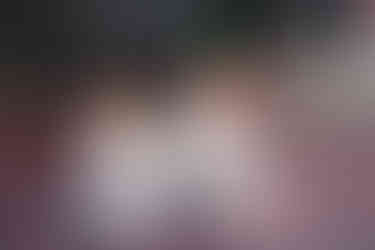














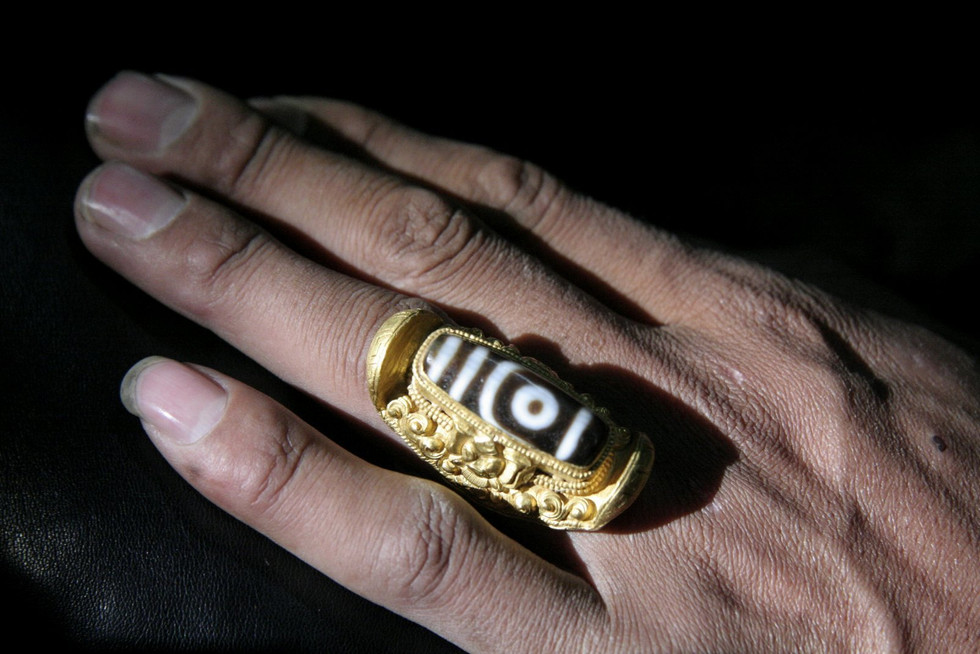

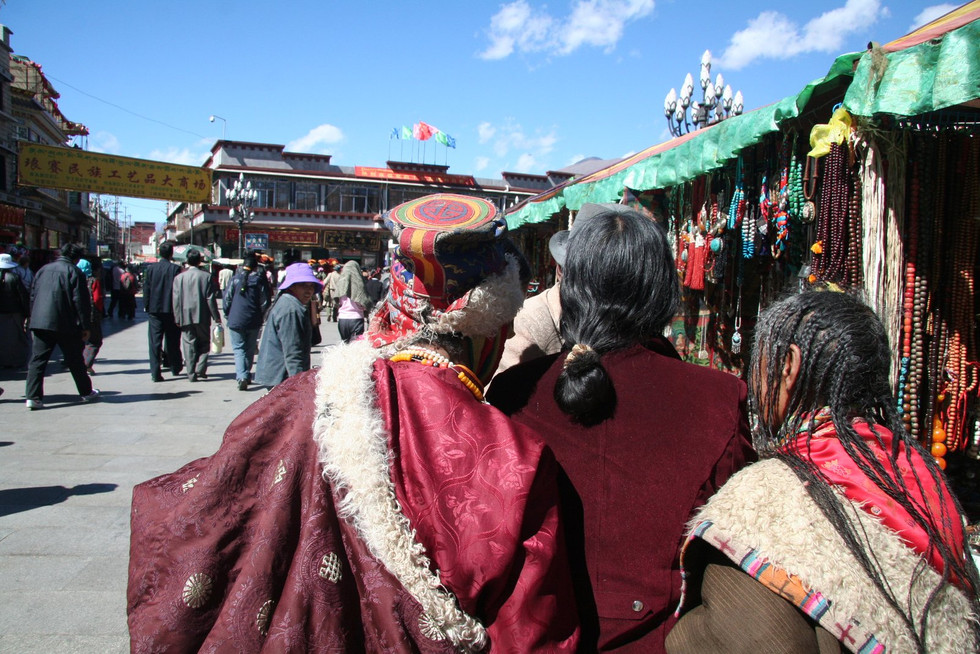














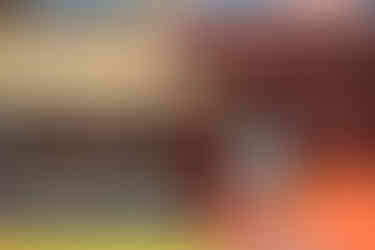










































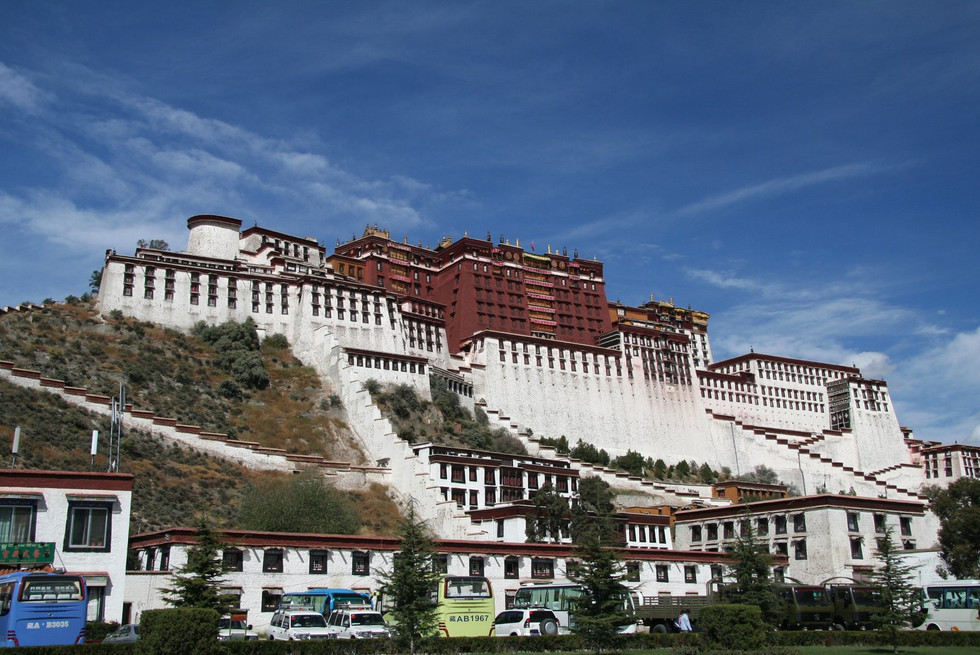







































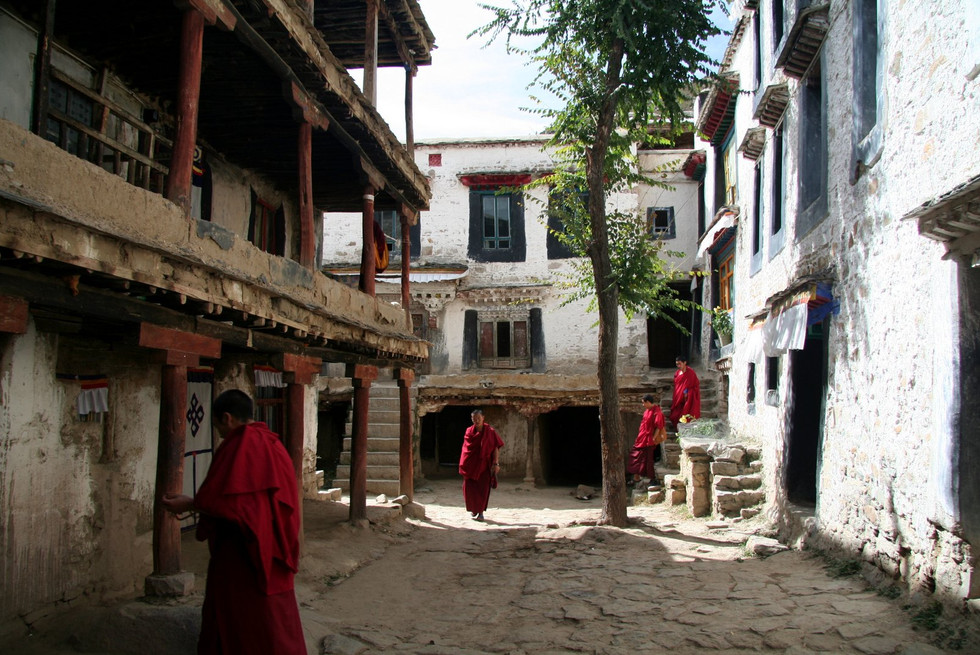























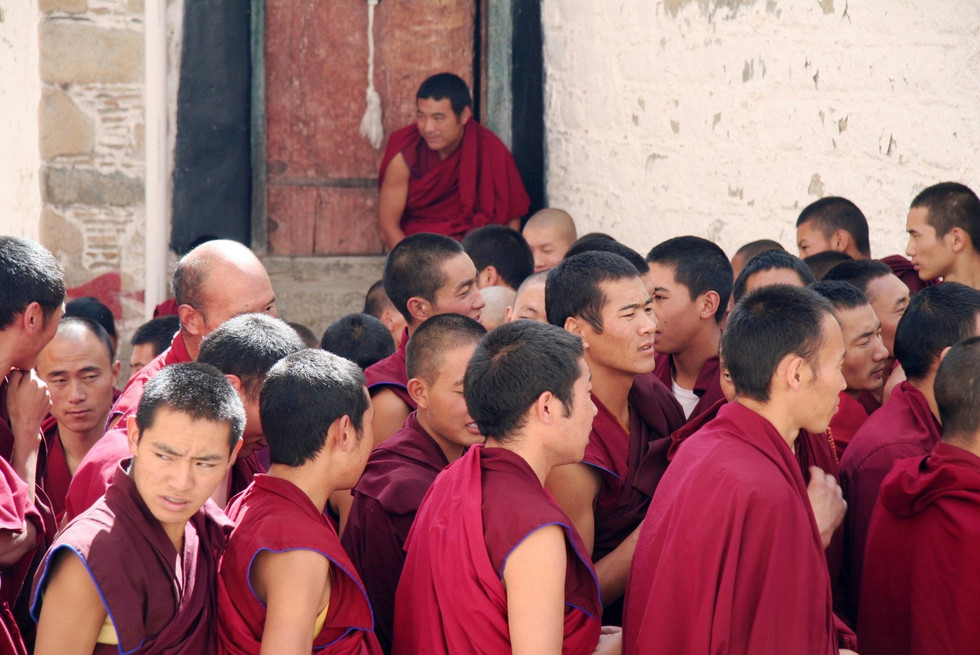
























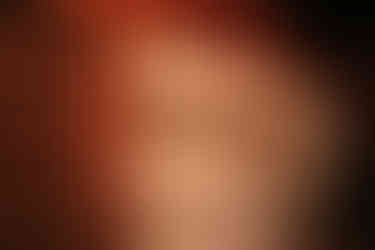















Comments